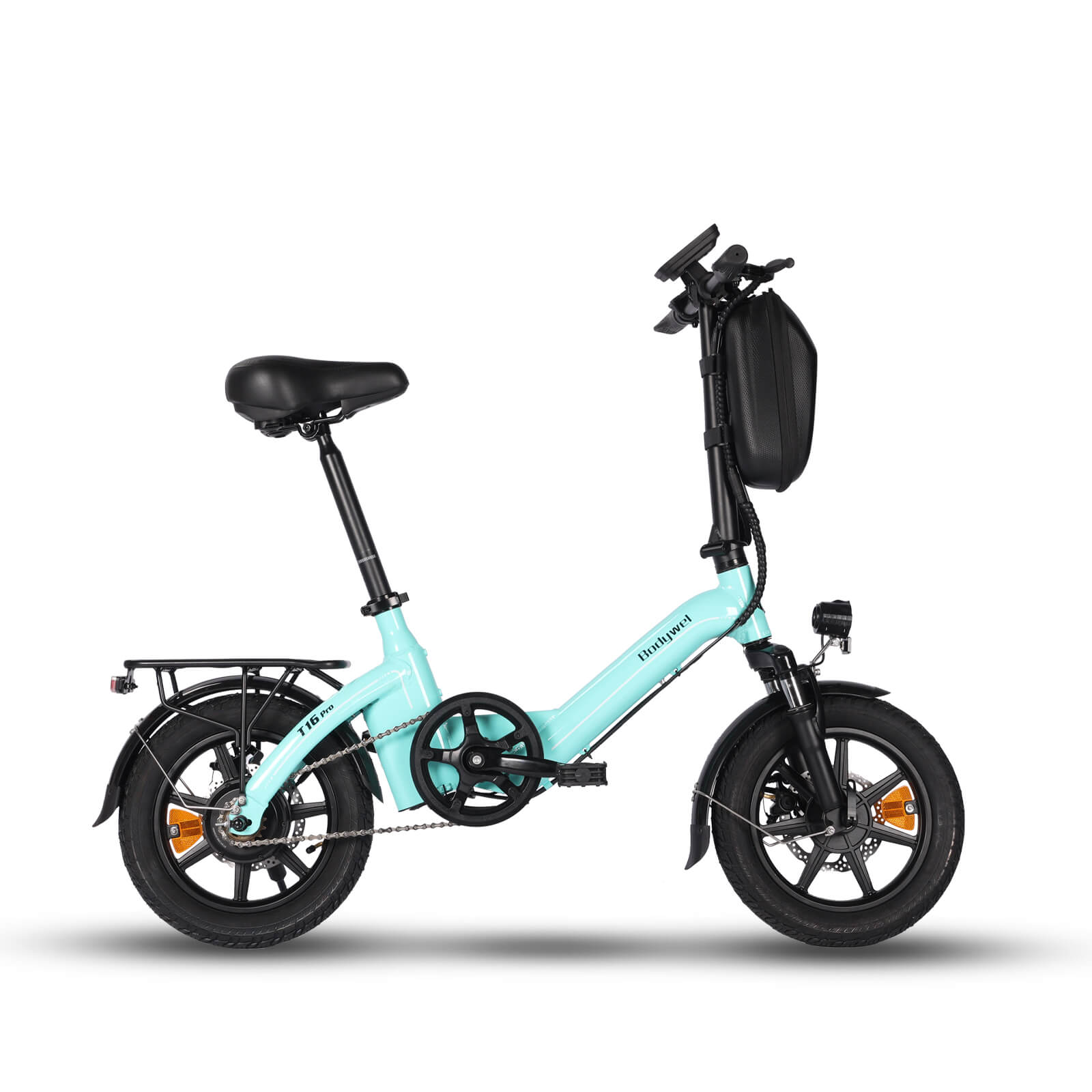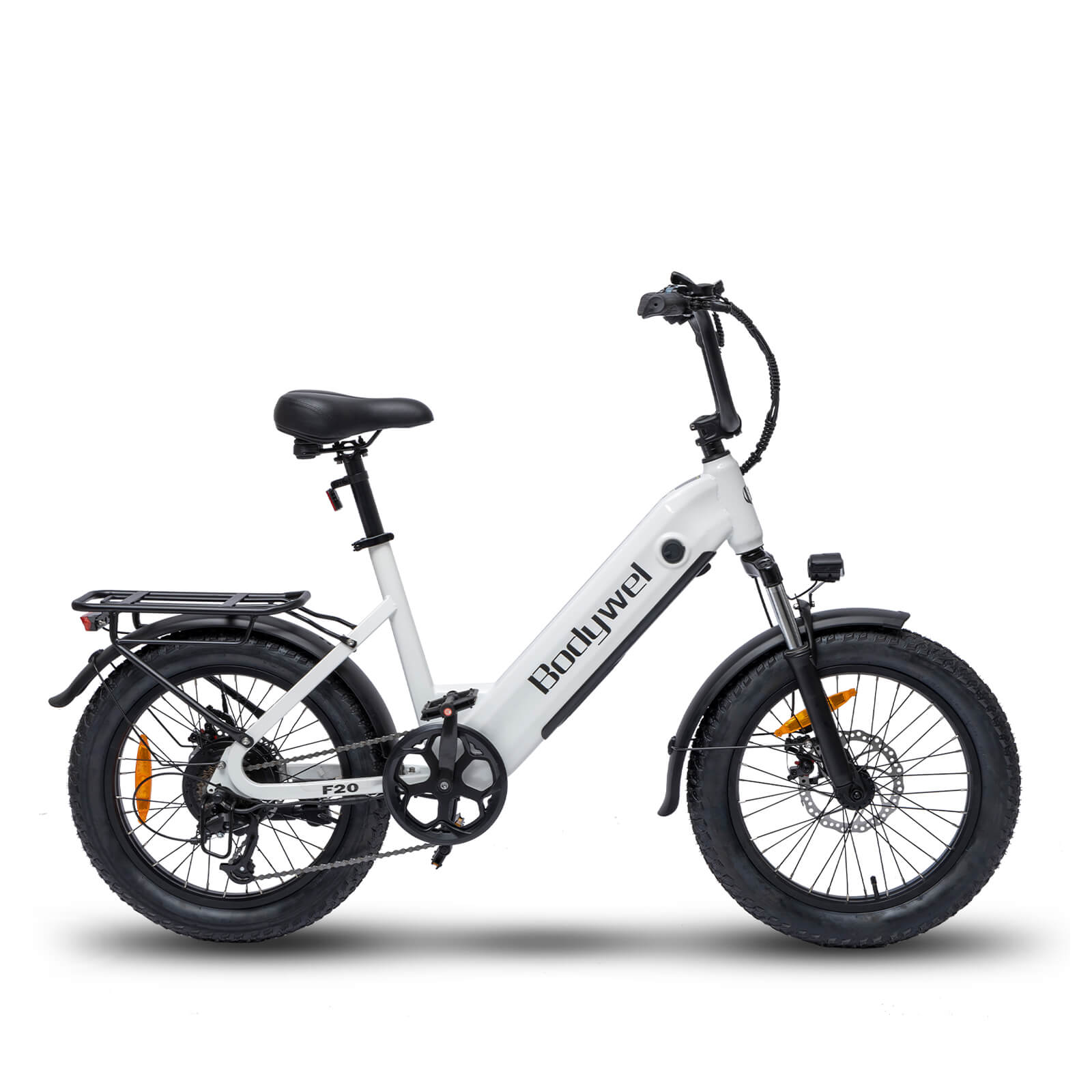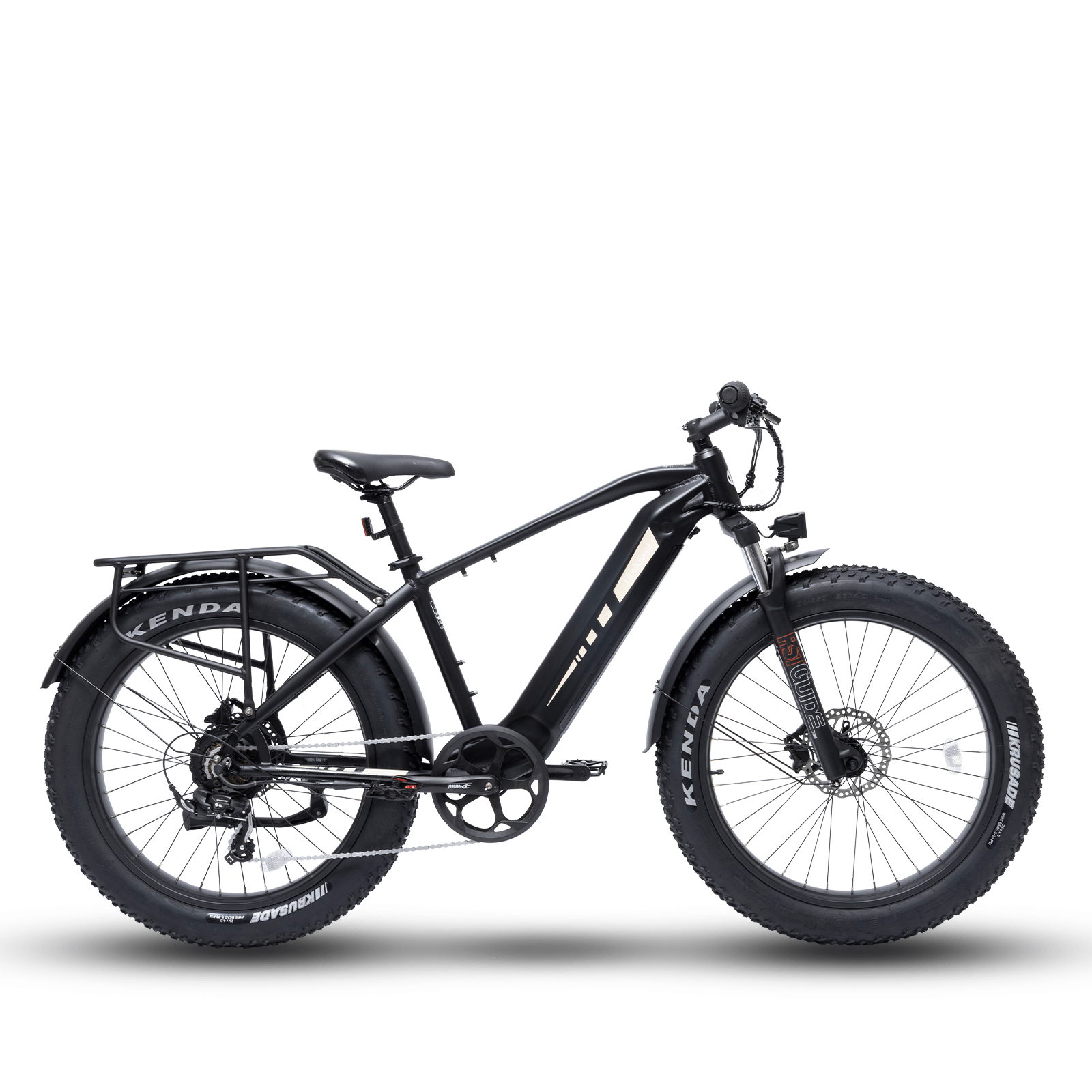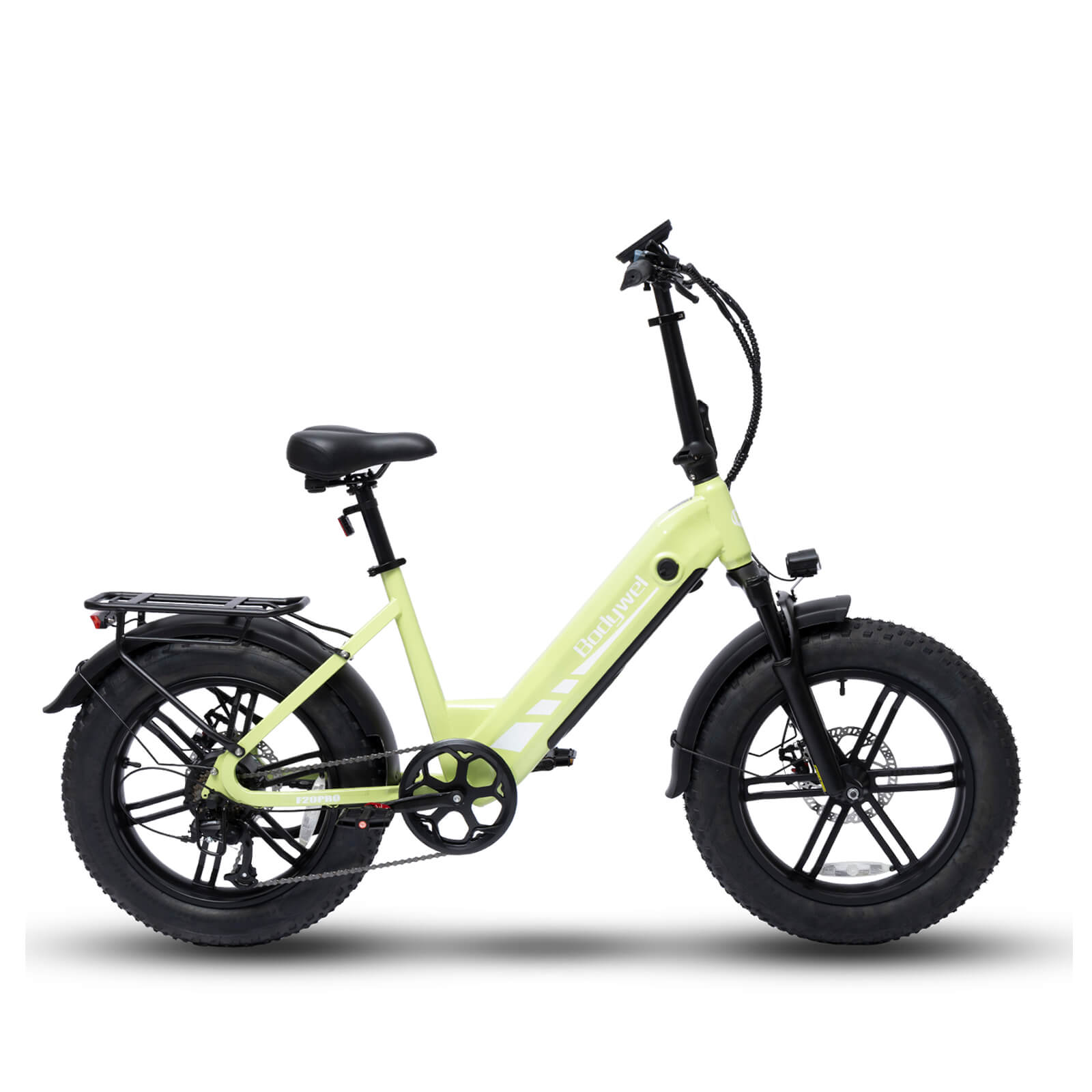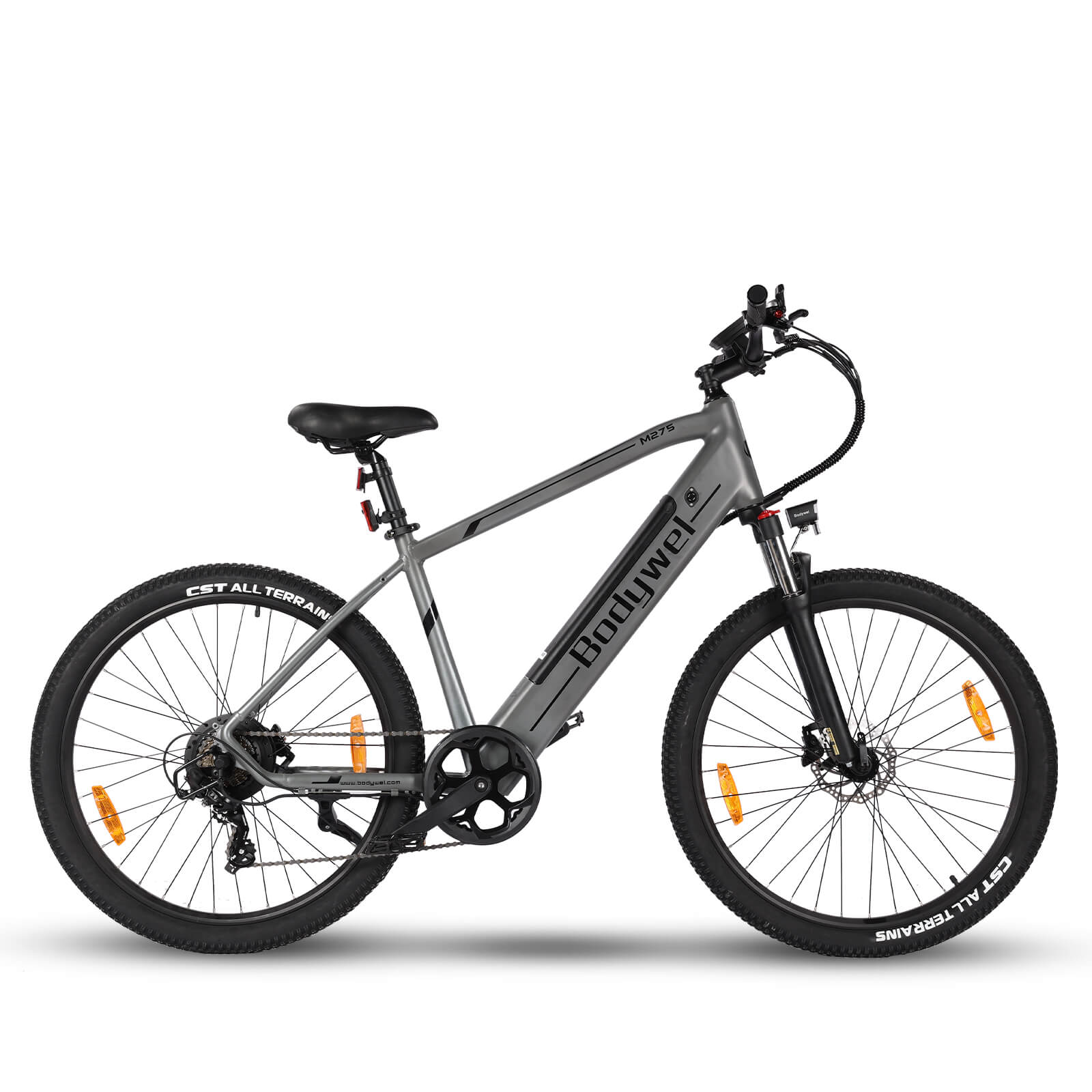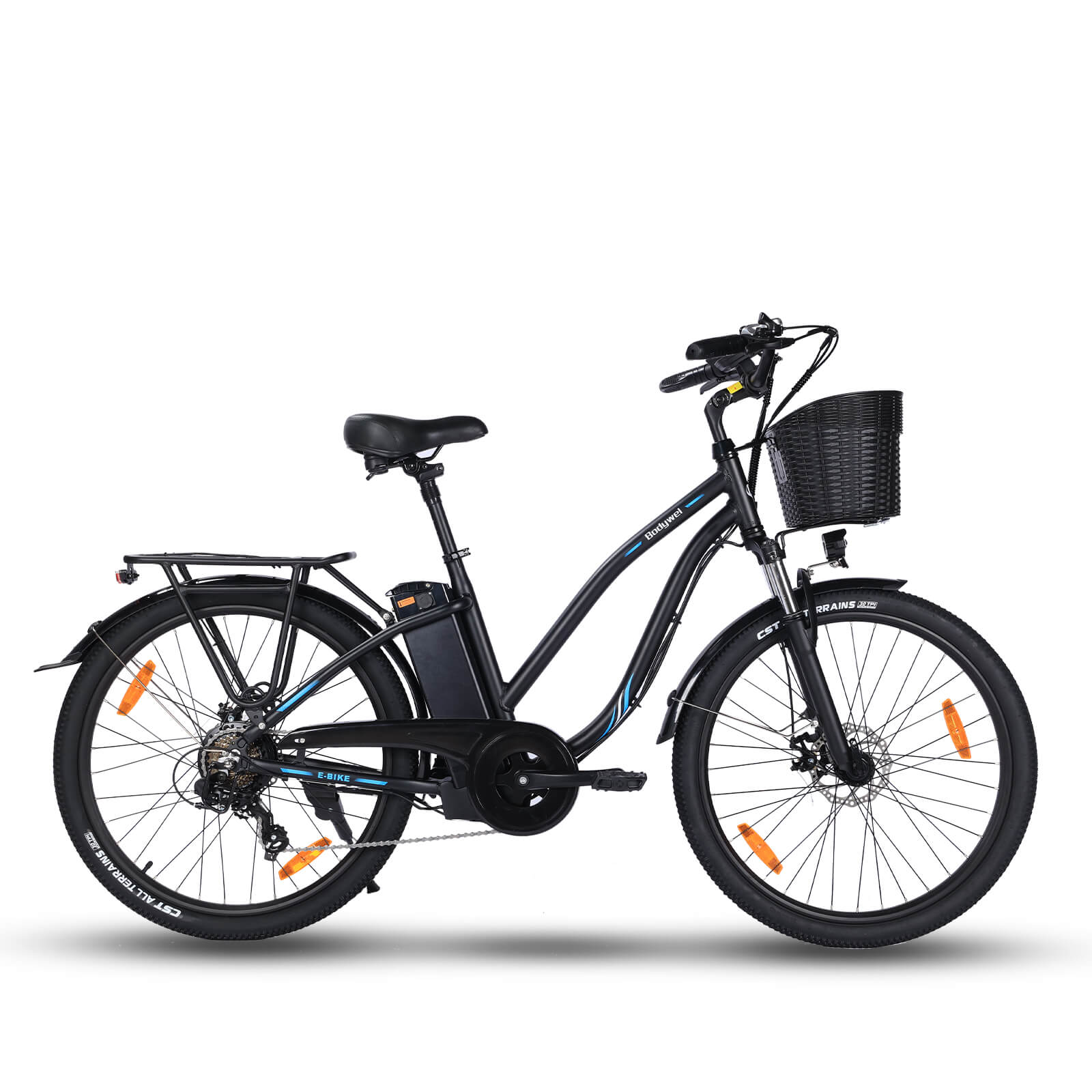Bosch E-Bike Batteries: 5 Key Features for Long Rides

Bosch e-bike batteries are engineered for endurance, offering riders reliable power for extended journeys. This article explores five critical features that make Bosch power units stand out, from energy density to smart integration with cycling systems.
High-Capacity Energy Storage
Bosch e-bike battery packs deliver exceptional energy density, with models like the PowerTube 500 providing up to 500Wh. This allows cyclists to cover distances exceeding 100 miles on a single charge, depending on terrain and assist mode. The lithium-ion cells maintain stable voltage output even during prolonged use, preventing sudden power drops during climbs.
Durable Construction for Outdoor Demands
Engineered for rugged conditions, Bosch power units feature waterproof casings (IPX6 rating) and shock-resistant frames. The Bosch eBike battery undergoes 1,000+ charge cycle tests while retaining 60% capacity—critical for frequent riders. Internal thermal regulation prevents overheating during summer rides or subzero winter conditions.
Intelligent Battery Management System
The proprietary Bosch BMS continuously monitors cell health, balancing load distribution across all 18650 lithium cells. Riders can view real-time diagnostics via the Kiox display, including remaining range adjusted for elevation changes. This precision extends battery lifespan by preventing deep discharges.
Rapid Charging Capabilities
With 4A fast charging support, Bosch eBike batteries reach 50% capacity in just 1.5 hours. The Compact Charger 2A offers portable charging solutions, while dual-charging compatibility (on-bike/removable) provides flexibility for touring cyclists. Smart charge scheduling via the eBike Flow app optimizes battery health.
Seamless E-Bike System Integration
Bosch designs batteries as core components of their drive unit ecosystem. The PowerPack series automatically syncs with motors like the Performance Line CX, adjusting output based on pedal torque and gradient. This integration minimizes energy waste—a key advantage for long-distance touring or bikepacking setups.
- Tags: batterie e bike bosch bosch ebike battery bosch powerpack ebike battery replacement electric bike battery
0 comentarios




